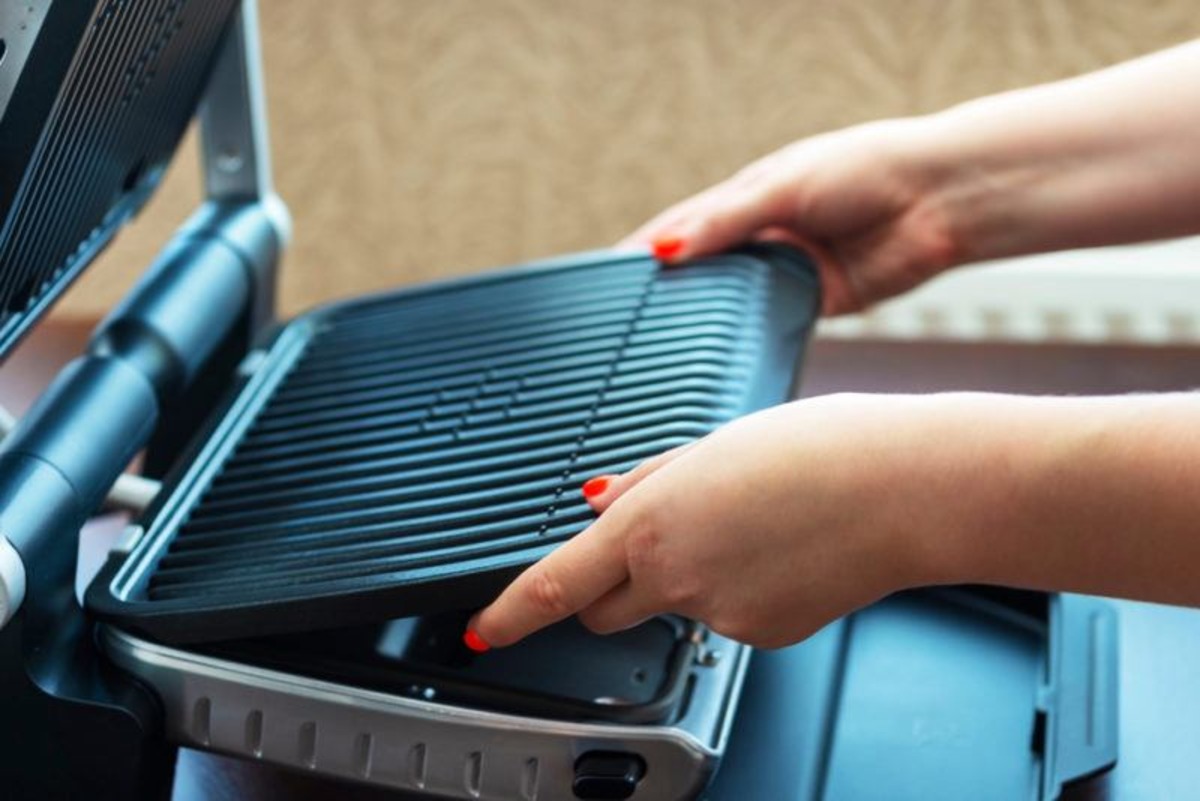

Articles
How To Clean Indoor Grill Plates
Modified: August 20, 2024
Learn the best techniques to clean your indoor grill plates with this comprehensive guide. Follow our expert tips to keep your grill plates spotless and in top condition.
(Many of the links in this article redirect to a specific reviewed product. Your purchase of these products through affiliate links helps to generate commission for Storables.com, at no extra cost. Learn more)
Introduction
Indoor grills are a convenient and versatile appliance that allows you to enjoy the delicious taste of grilled food right in the comfort of your own home. Whether you use an electric grill, a stovetop grill pan, or a contact grill, keeping the grill plates clean is essential for maintaining the flavor and functionality of the grill.
Over time, grill plates can accumulate grease, food residue, and stubborn stains that can affect the taste of your food and make the grill less efficient. Regular cleaning of the grill plates will not only help preserve the integrity of your grill but also improve the overall cooking experience.
In this article, we will guide you through a step-by-step process on how to effectively clean indoor grill plates. By following these simple cleaning techniques, you can ensure that your grill plates stay in optimal condition and continue to deliver mouth-watering, perfectly grilled meals.
Key Takeaways:
- Regularly cleaning indoor grill plates with mild detergent, baking soda paste, and vinegar helps maintain optimal grilling performance and prolongs the lifespan of the grill.
- Properly preparing, soaking, and thoroughly rinsing and drying the grill plates are essential steps to ensure they are clean, sanitary, and ready for use.
Read more: How To Clean An Indoor Grill
Step 1: Preparing the Grill Plates
Before you begin the cleaning process, it’s important to properly prepare the grill plates to make the cleaning easier and more effective. Here’s what you need to do:
- Turn off and unplug the grill: Safety should always be your top priority when cleaning any electrical appliance. Make sure your indoor grill is turned off and unplugged to avoid any accidents.
- Allow the grill plates to cool down: Grills can get extremely hot during use, so it’s crucial to let the grill plates cool down completely before attempting to clean them. This not only prevents accidental burns but also helps in loosening food particles and grease for easier cleaning.
- Remove any excess residue: Use a paper towel or a spatula to remove any large food particles or grease from the grill plates. This step helps in preventing the grill plates from becoming clogged during the cleaning process.
By preparing the grill plates beforehand, you ensure that the cleaning process is smooth and efficient, allowing you to achieve better results.
Step 2: Scrubbing off Excess Residue
Once you have prepared the grill plates, the next step is to remove any leftover residue that may be stuck on them. This includes bits of food, grease, and other debris. Here’s how to do it:
- Use a grill brush: Start by using a grill brush with stiff bristles to scrub the grill plates. Make sure to scrub in a back and forth motion to dislodge any stubborn residue. Be thorough and pay extra attention to areas with visible buildup.
- Wipe with a damp cloth: After scrubbing, take a damp cloth or sponge and wipe down the grill plates to remove the loosened residue. This step will help to further clean the surface and prepare it for the next stage of cleaning.
Scrubbing off excess residue is an important step as it helps to eliminate any large particles that could hinder the effectiveness of the cleaning process. By doing this, you create a clean canvas for the next cleaning steps.
Step 3: Soaking the Grill Plates
Soaking the grill plates is a crucial step in removing tough stains, baked-on food, and grease. By allowing the grill plates to soak, you loosen up the debris, making it easier to clean. Here’s how to do it:
- Fill a sink or basin with warm water: Start by filling a sink or basin with warm water. Make sure the water is hot enough to break down stubborn residue but not scalding hot to avoid any damage to the grill plates.
- Add dish detergent or grill cleaner to the water: Add a few drops of mild dish detergent or a specific grill cleaner to the warm water. This will help in breaking down the grease and grime on the grill plates.
- Submerge the grill plates in the soapy water: Carefully place the grill plates in the water, ensuring they are fully submerged. Allow them to soak for approximately 15-30 minutes, depending on the level of dirtiness.
During the soaking process, the warm water and detergent will work together to loosen the residue and make it easier to remove during the next steps. This step is especially important for tackling stubborn stains and baked-on grime.
Step 4: Cleaning with Mild Detergent
After the grill plates have soaked, it’s time to clean them using a mild detergent. This step helps to remove remaining grease, stains, and odors from the grill plates. Follow these steps:
- Apply mild dish detergent to a sponge or cloth: Take a sponge or cloth and apply a small amount of mild dish detergent. Avoid using harsh chemicals or abrasive cleaners as they can damage the surface of the grill plates.
- Gently scrub the grill plates: Using the soapy sponge or cloth, gently scrub the grill plates in a circular motion. Pay extra attention to any areas with stubborn stains or buildup. Take your time and be thorough in your cleaning process.
- Rinse with warm water: Once you have scrubbed the entire surface of the grill plates, rinse them thoroughly with warm water. Ensure that all the soap residue has been removed.
Cleaning the grill plates with mild detergent helps to eliminate any remaining grease or food particles, leaving the plates sparkling clean and ready for use. This step also helps in removing any lingering odors from previous cooking sessions.
After using the indoor grill, let the plates cool down, then wipe off excess grease and food particles with a damp cloth. Use a non-abrasive sponge and mild dish soap to scrub the plates, then rinse and dry thoroughly.
Read more: How To Clean Indoor Grill
Step 5: Scrubbing with Baking Soda Paste
If you’re dealing with stubborn stains or a greasy buildup on your grill plates, using a baking soda paste can be highly effective. Baking soda is a natural and gentle abrasive that helps to remove tough stains without scratching the surface of the grill plates. Here’s how to make and use the baking soda paste:
- Mix baking soda and water: In a small bowl, mix equal parts of baking soda and water to create a thick paste. The consistency should be similar to that of toothpaste.
- Apply the baking soda paste: Using a brush or sponge, apply the baking soda paste to the grill plates. Make sure to cover all the stained or greasy areas on the plates.
- Scrub thoroughly: With the baking soda paste applied, scrub the grill plates using a circular motion. The gentle abrasiveness of the baking soda will help to break down the stains and grease, making them easier to remove.
- Rinse with warm water: After scrubbing, rinse the grill plates with warm water to remove the baking soda residue. Make sure to remove all traces of the paste to avoid any unwanted tastes during your next cooking session.
Scrubbing with a baking soda paste is an effective and natural way to tackle tough stains and grease on your grill plates. It’s safe to use and leaves the plates clean, odor-free, and ready for your next grilling adventure.
Step 6: Removing Stubborn Stains with Vinegar
If you’re dealing with particularly stubborn stains on your grill plates, vinegar can come to the rescue. Vinegar is a natural cleaning agent that helps to break down tough stains and dissolve grease. Here’s how to remove stubborn stains using vinegar:
- Prepare a vinegar solution: In a bowl or spray bottle, mix equal parts of white vinegar and water. This solution will help to loosen and remove the stubborn stains on the grill plates.
- Apply the vinegar solution: Spray or pour the vinegar solution directly onto the stained areas of the grill plates. Ensure that the stains are well-covered with the solution.
- Let it sit: Allow the vinegar solution to sit on the stains for at least 10-15 minutes. This will give the vinegar enough time to penetrate the stains and break them down.
- Scrub the grill plates: After the vinegar solution has had time to work, use a brush or sponge to scrub the stained areas. Apply gentle pressure and scrub in a circular motion to effectively remove the stubborn stains.
- Rinse thoroughly: Once you have scrubbed the grill plates, rinse them thoroughly with warm water to remove any remaining vinegar residue.
Vinegar is a safe and environmentally friendly option for removing stubborn stains on your grill plates. It’s effective in breaking down grease and grime, leaving your plates clean and ready for your next grilling session.
Step 7: Rinsing and Drying the Grill Plates
After you have cleaned the grill plates using the previous steps, it’s important to rinse and dry them properly to ensure they are free of any cleaning agents and moisture. Here’s how to do it:
- Rinse with warm water: Thoroughly rinse the grill plates with warm water to remove any remaining cleaning agents or residue. Ensure all traces of soap, baking soda, vinegar, or other cleaning solutions are completely washed away.
- Inspect for any missed spots: After rinsing, inspect the grill plates closely to ensure that no stains or residue are left behind. If you notice any spots that were missed during the cleaning process, repeat the necessary steps to remove them.
- Dry the grill plates: Once the grill plates are clean and free of residue, it’s crucial to dry them completely. Use a clean towel or paper towels to pat the plates dry, making sure to remove all moisture. Leaving the plates wet can promote the growth of mold or bacteria.
- Air dry or reassemble the grill: After drying, you can choose to air dry the grill plates or reassemble them into the grill. If you opt for air drying, place the plates in a well-ventilated area until they are completely dry.
Proper rinsing and drying of the grill plates ensure that they are sanitary and ready for use. It’s important to store the grill plates in a clean and dry area to prevent any contamination or damage until your next grilling session.
Conclusion
Cleaning the indoor grill plates is an essential task to maintain the flavor, efficiency, and longevity of your grill. By following the step-by-step guide outlined in this article, you can effectively clean your grill plates, removing grease, stains, and residue to ensure optimal grilling performance.
Starting with the preparation of the grill plates and scrubbing off excess residue, you set the stage for a thorough cleaning. Soaking the grill plates, cleaning with mild detergent, and scrubbing with a baking soda paste help to remove grease, baked-on food, and tough stains. Additionally, using vinegar is a natural and effective solution for tackling stubborn stains. Finally, rinsing and drying the grill plates properly ensures they are clean and ready for use.
Remember to exercise caution when cleaning your indoor grill plates. Take necessary safety precautions, such as turning off and unplugging the grill, and allowing the plates to cool before cleaning. Additionally, ensure that you are using appropriate cleaning solutions and tools to prevent damage to the grill plates.
Regular cleaning of your indoor grill plates not only improves the taste and quality of your grilled food but also prolongs the lifespan of your grill. By incorporating these cleaning techniques into your routine, you can enjoy flavorful, perfectly grilled meals for years to come.
So go ahead, tackle those greasy residues and stubborn stains, and keep your indoor grill plates in pristine condition. Happy grilling!
Frequently Asked Questions about How To Clean Indoor Grill Plates
Was this page helpful?
At Storables.com, we guarantee accurate and reliable information. Our content, validated by Expert Board Contributors, is crafted following stringent Editorial Policies. We're committed to providing you with well-researched, expert-backed insights for all your informational needs.
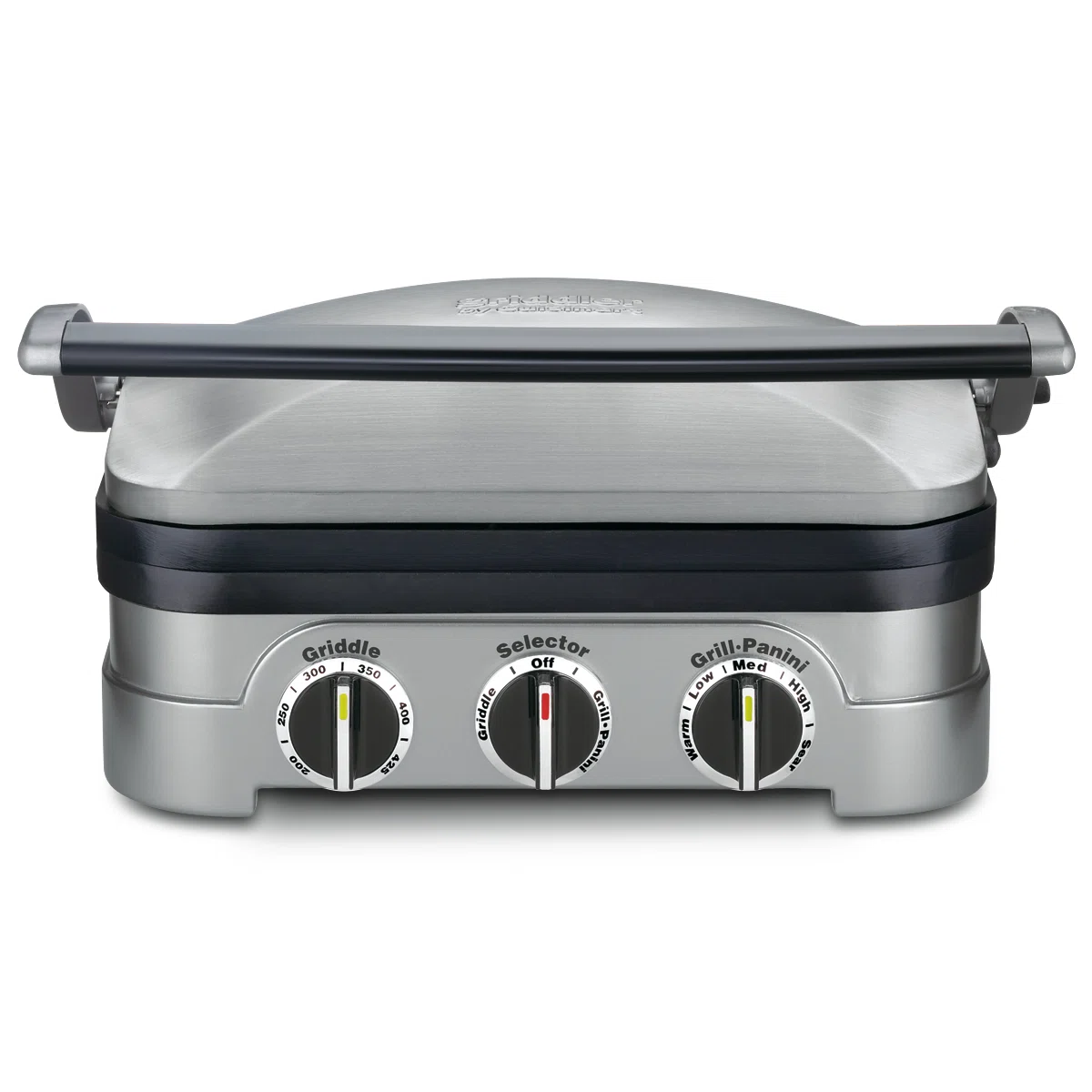
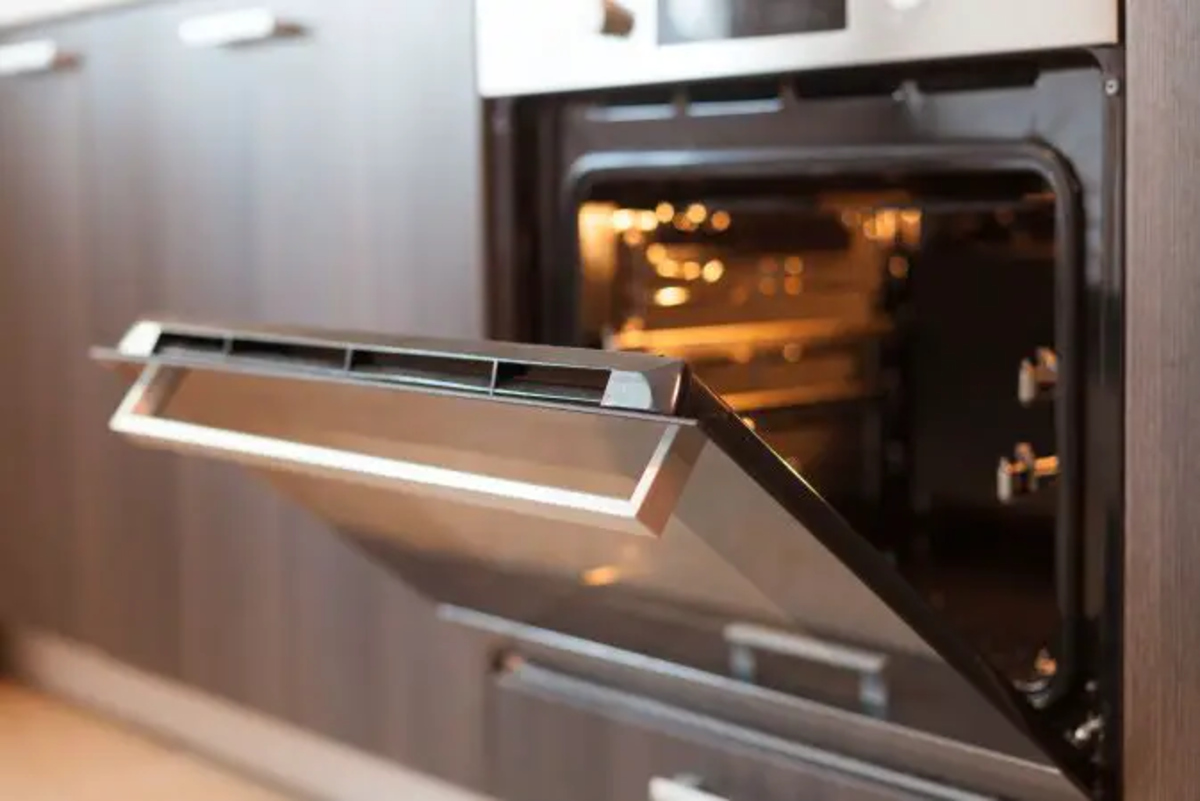
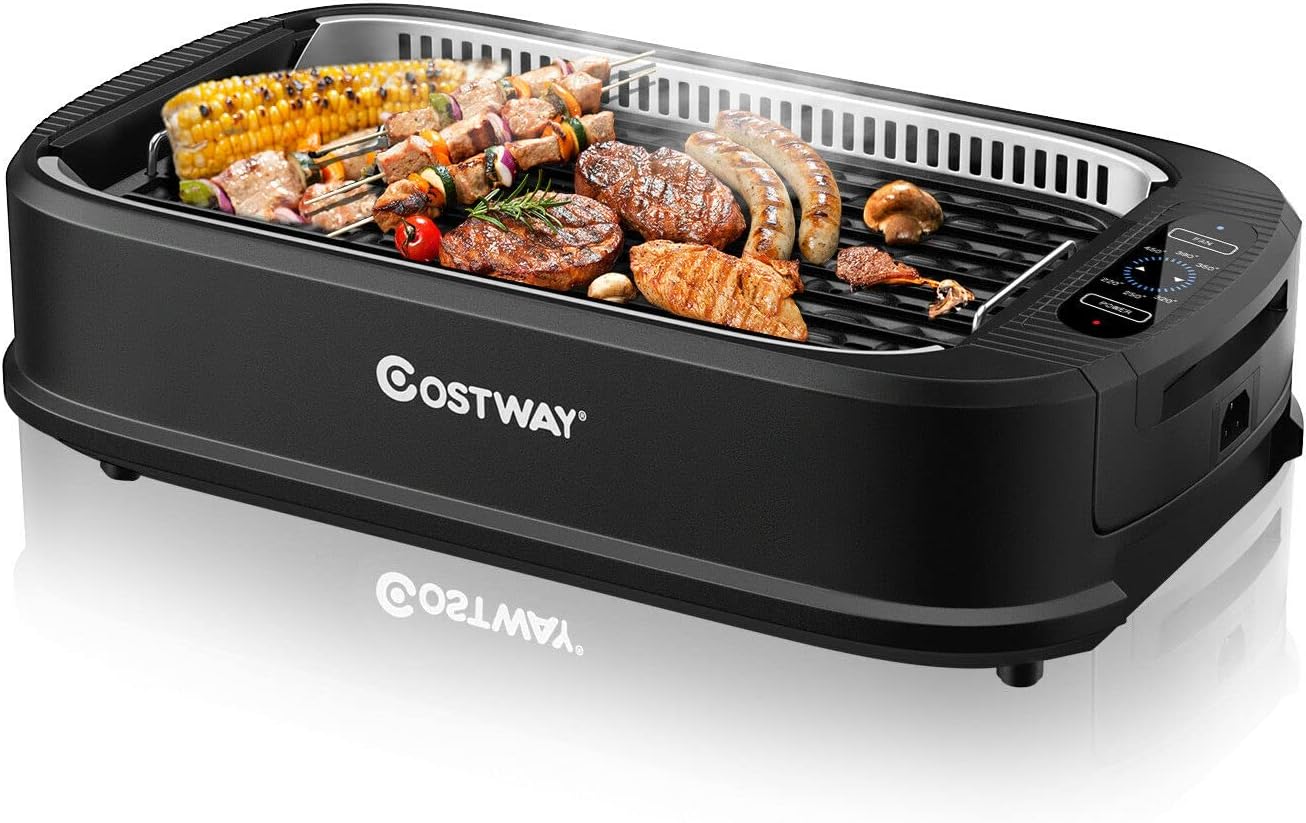
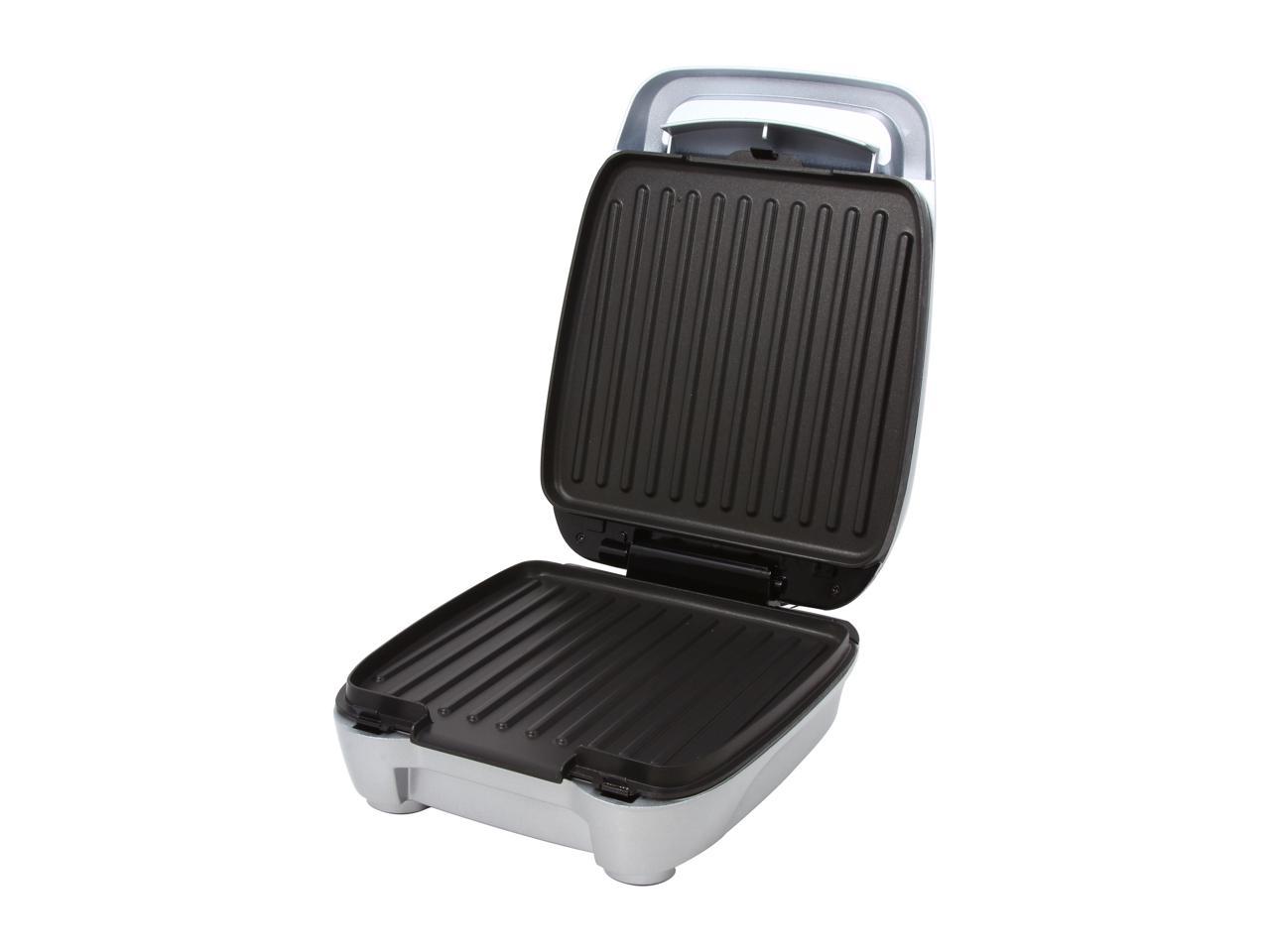
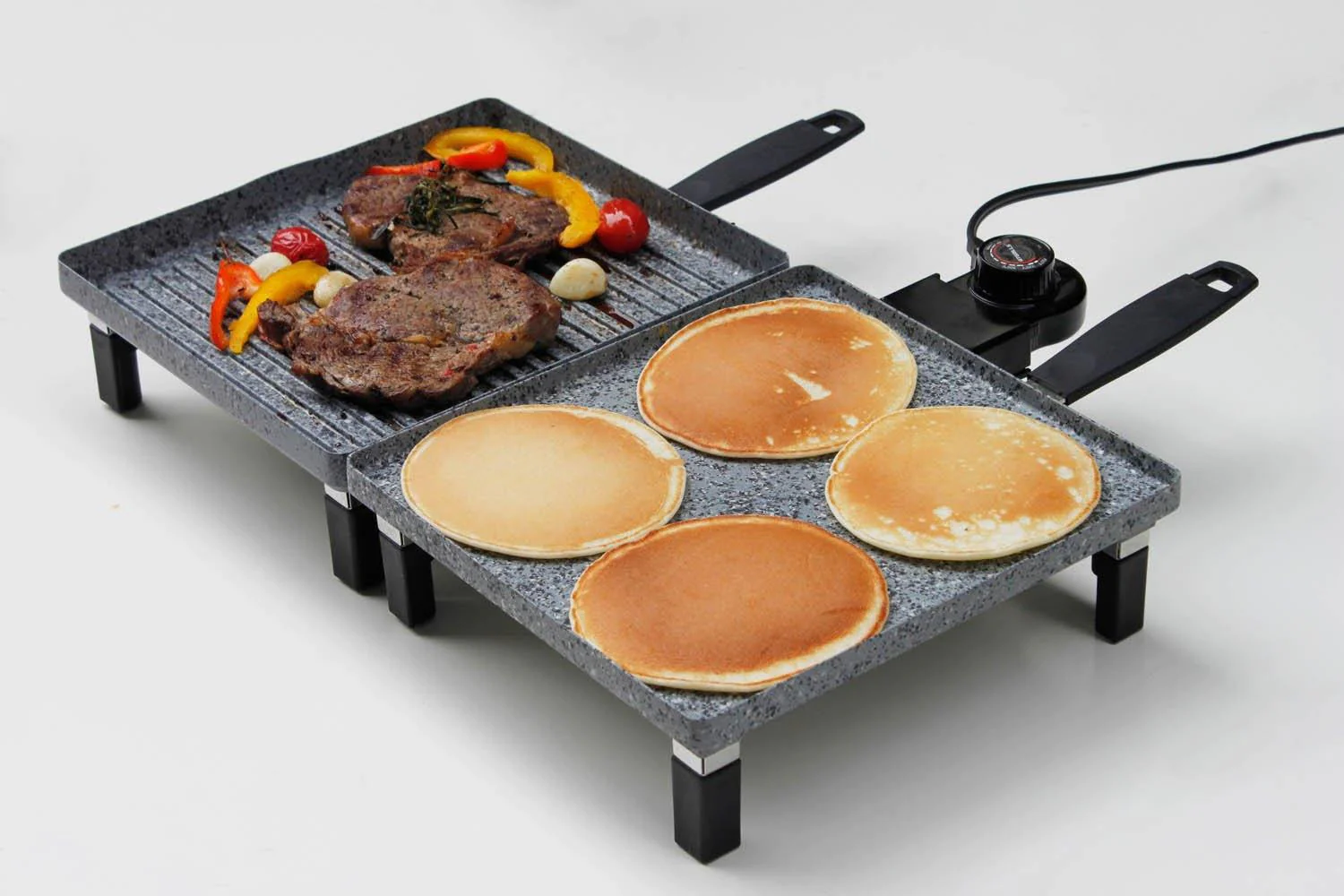
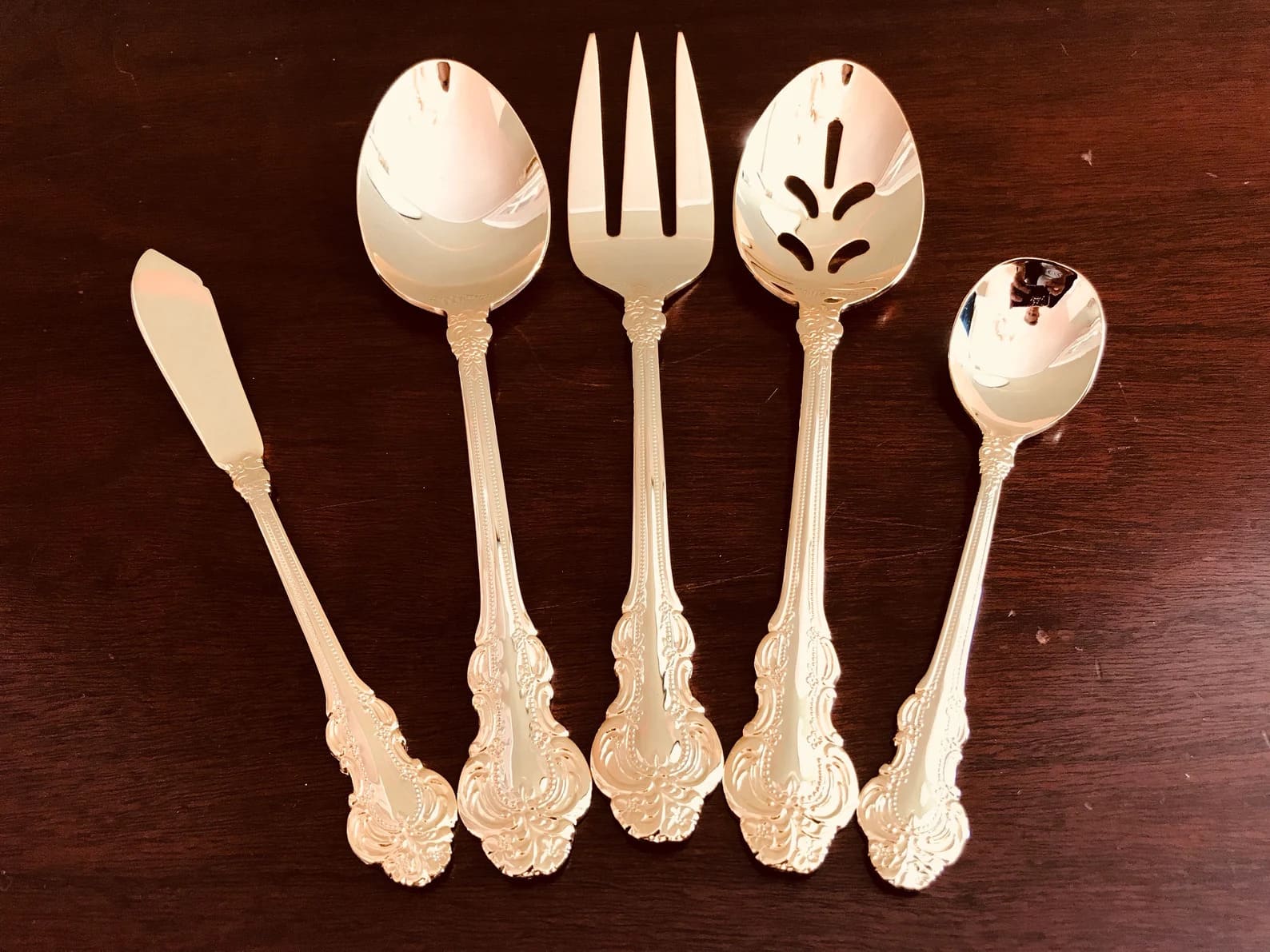
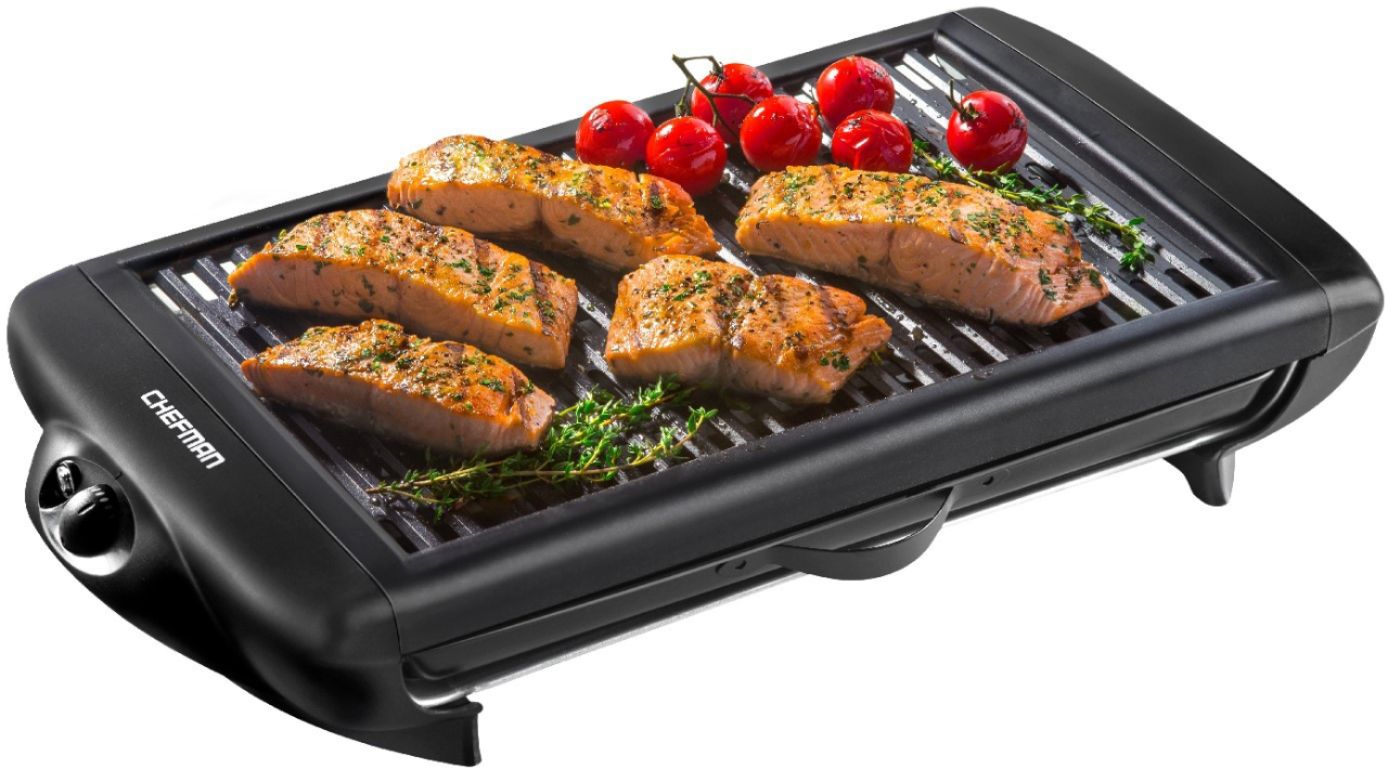
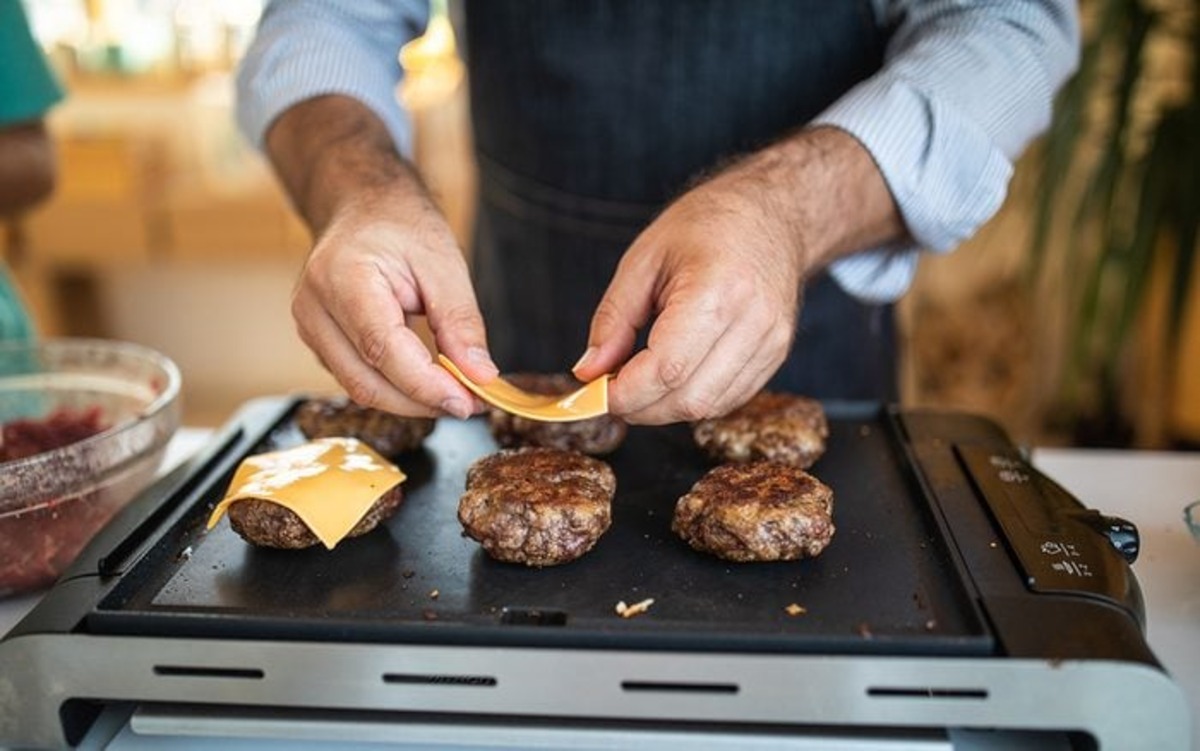
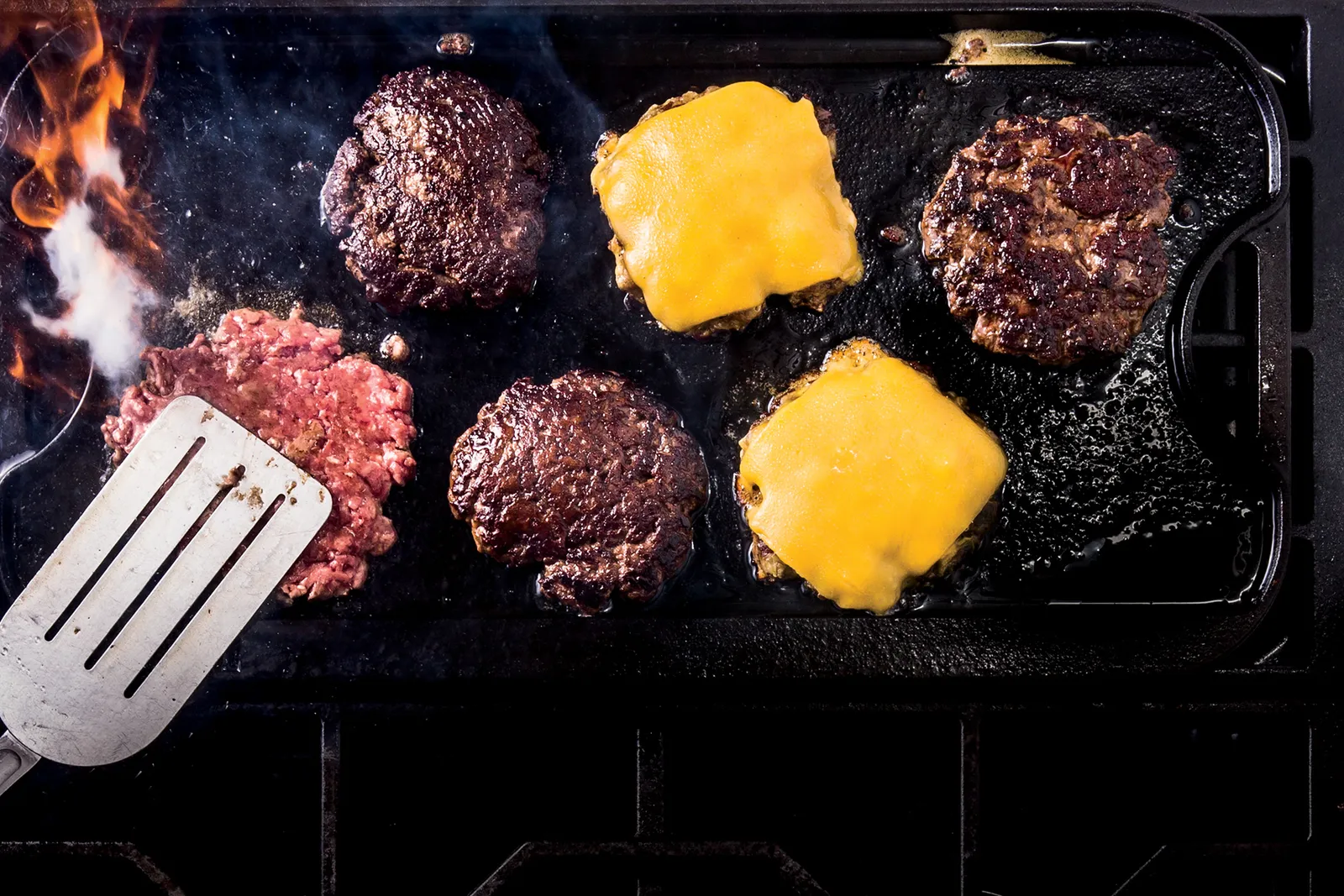
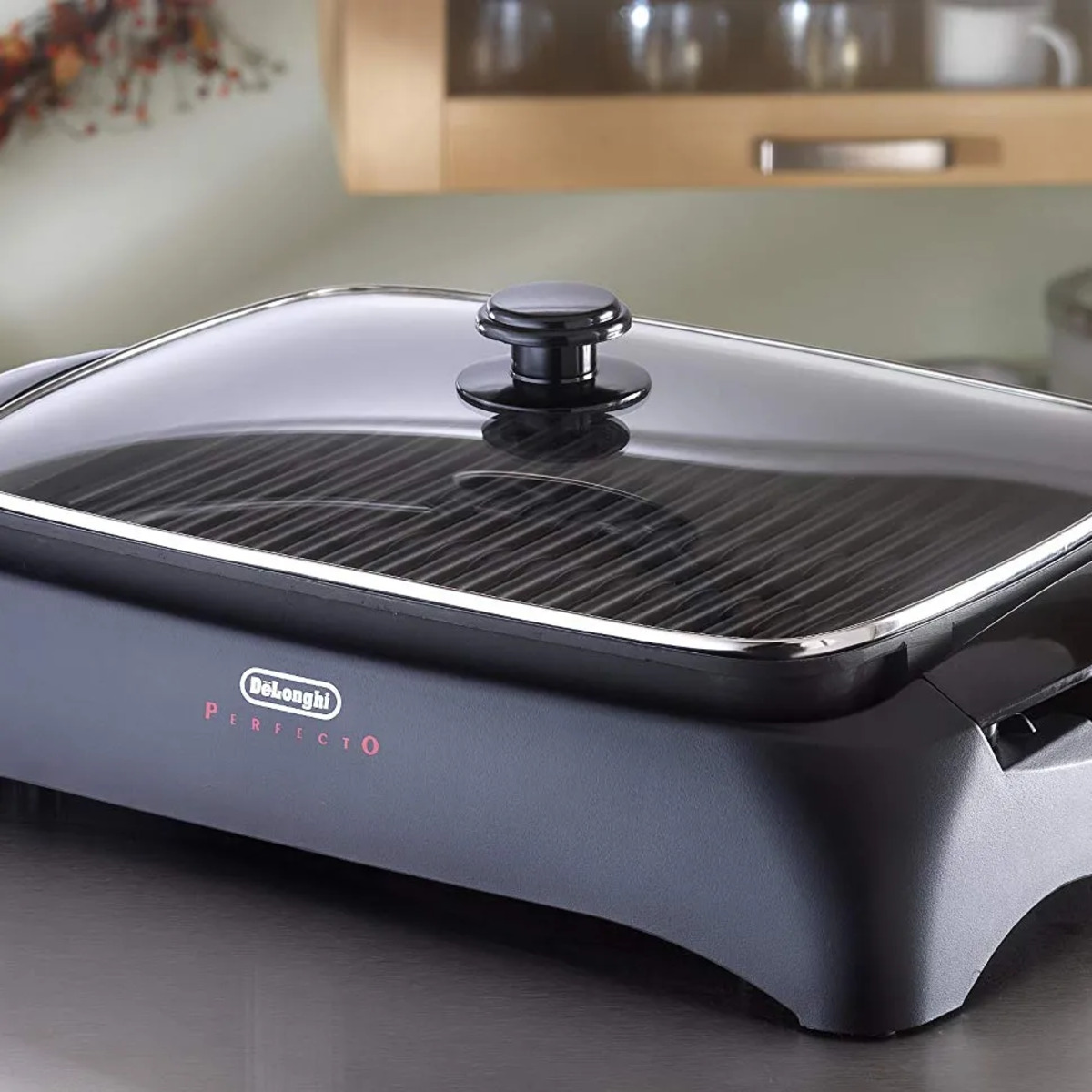
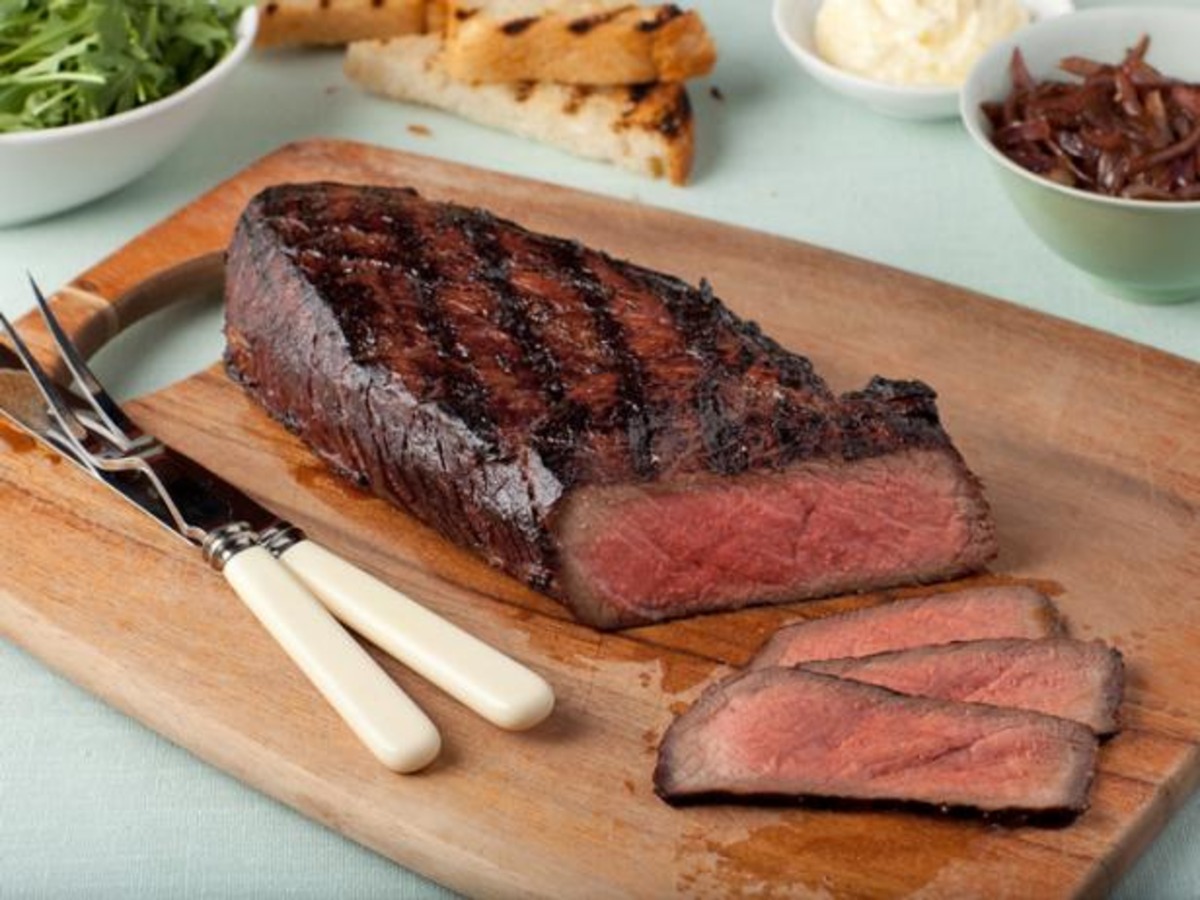
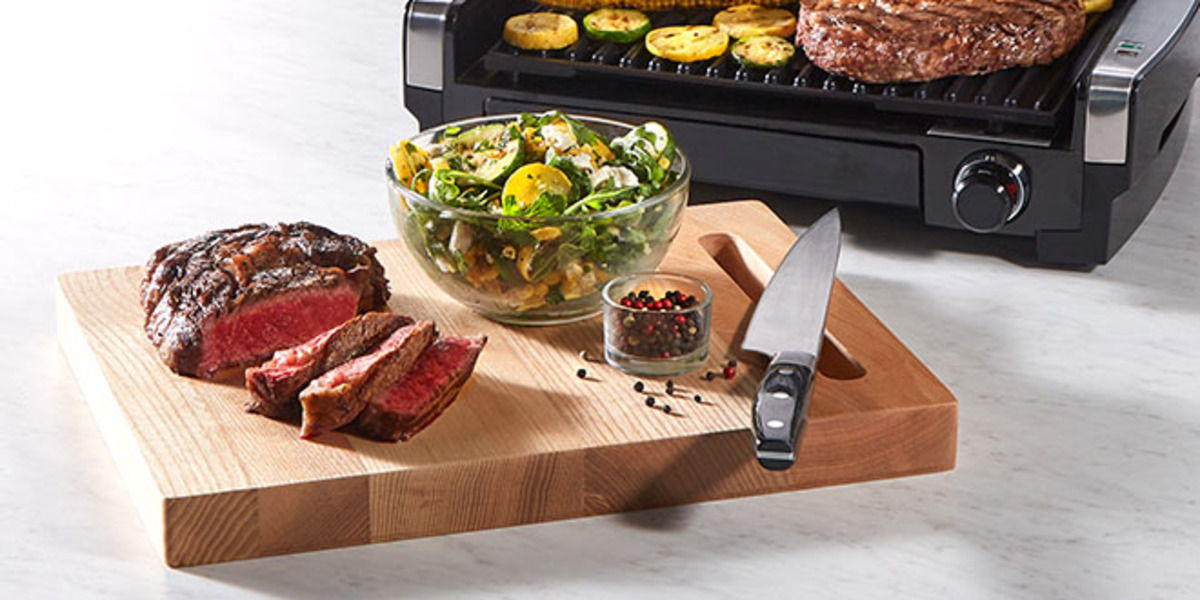
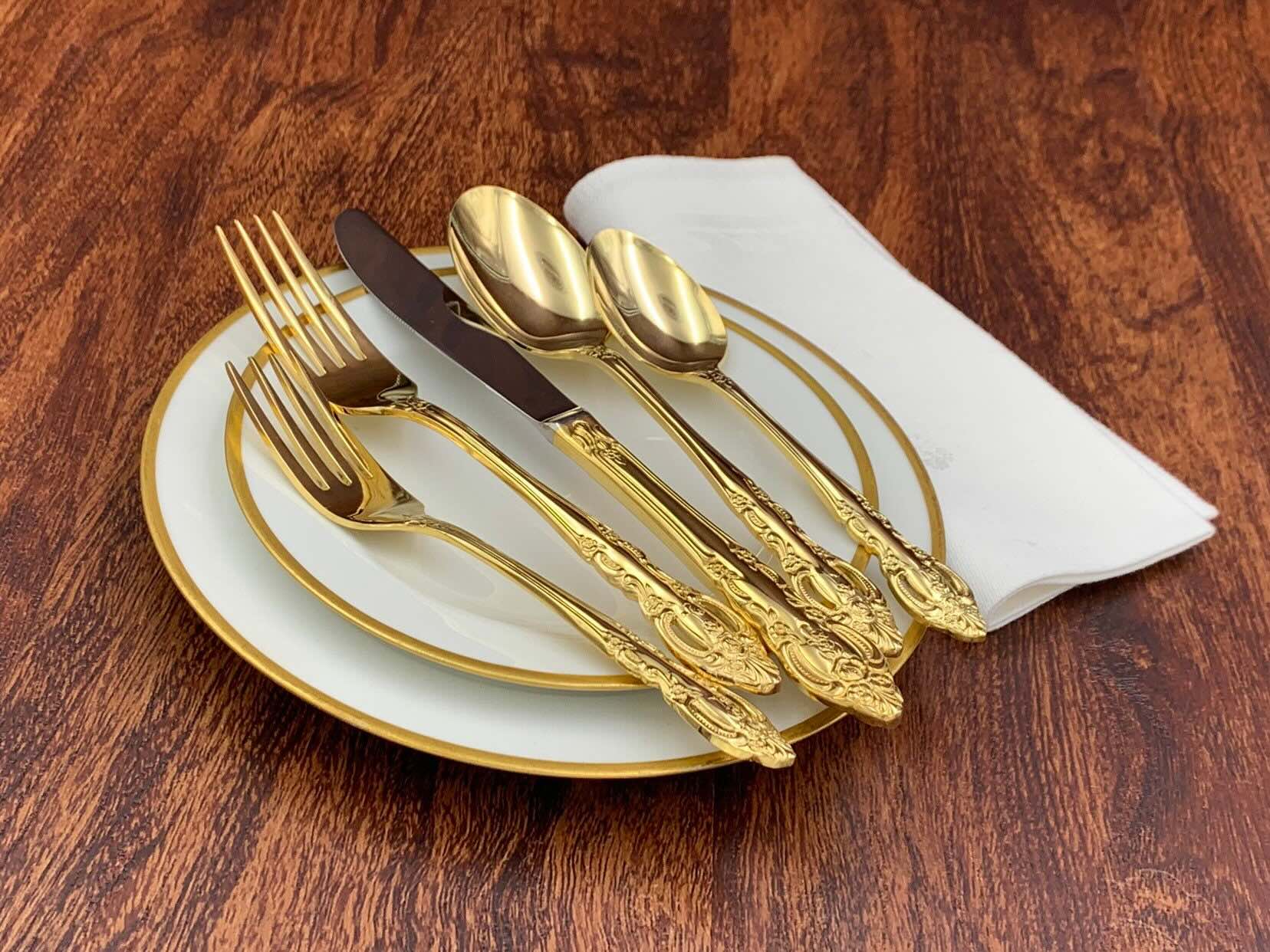
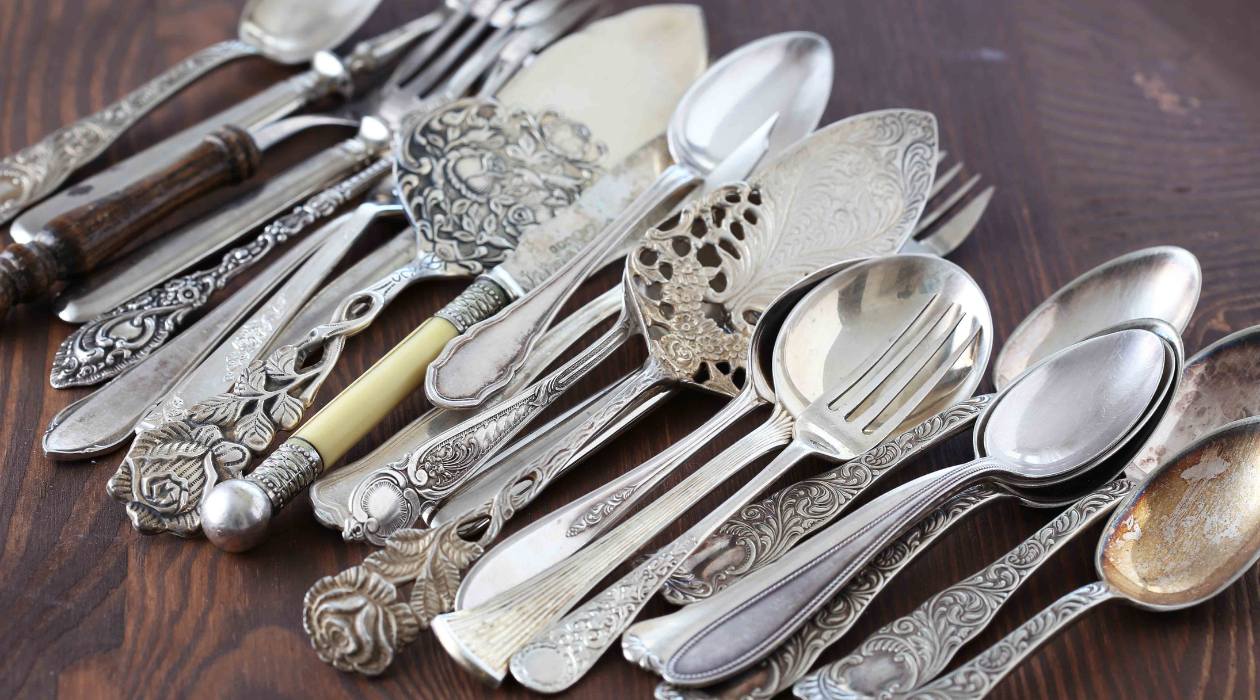

0 thoughts on “How To Clean Indoor Grill Plates”